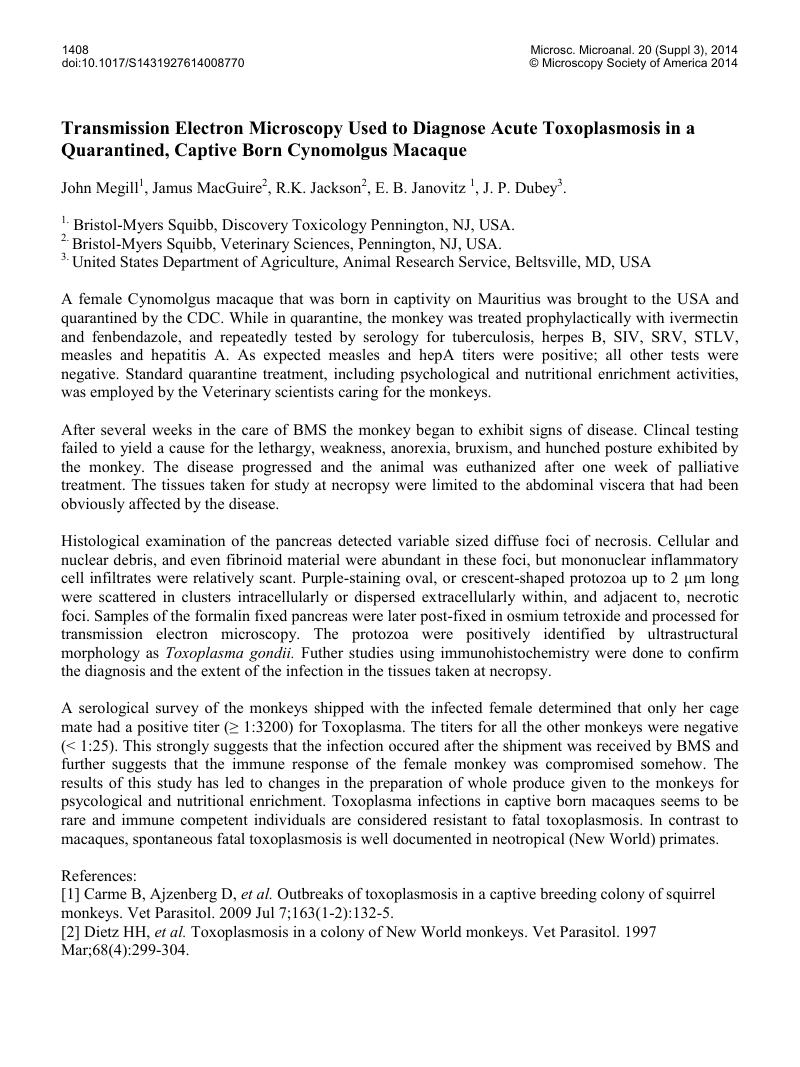Crossref Citations
This article has been cited by the following publications. This list is generated based on data provided by Crossref.
Colman, Karyn
Andrews, Rachel N.
Atkins, Hannah
Boulineau, Theresa
Bradley, Alys
Braendli-Baiocco, Annamaria
Capobianco, Raffaella
Caudell, David
Cline, Mark
Doi, Takuya
Ernst, Rainer
van Esch, Eric
Everitt, Jeffrey
Fant, Pierluigi
Gruebbel, Margarita M.
Mecklenburg, Lars
Miller, Andew D.
Nikula, Kristen J.
Satake, Shigeru
Schwartz, Julie
Sharma, Alok
Shimoi, Akihito
Sobry, Cécile
Taylor, Ian
Vemireddi, Vimala
Vidal, Justin
Wood, Charles
and
Vahle, John L.
2021.
International Harmonization of Nomenclature and Diagnostic Criteria (INHAND): Non-proliferative and Proliferative Lesions of the Non-human Primate (<i>M. fascicularis</i>).
Journal of Toxicologic Pathology,
Vol. 34,
Issue. 3_Suppl,
p.
1S.





